Ateni Sioni
- Categories:
- Religious Sights
- General info
-
From Uplis-Tsikhe, return toward Gori on Eristavi Street. After approximately seven km., turn left beyond the bridge in the village of Khidistavi and head toward Kvemo-Boshuri. The Church of Ateni Sioni is seven km from Khidistavi through the fertile Tana gorge, where lush garden plots, vineyards, and grape arbors will make you think you are in Arcadia. The region produces a superb white wine called Atenuri. Unfortunately, it doesn’t travel well; its best to drink it while there.
The church is beautifully situated on the plateau of a cliff above the Tana River and the village of Didi Ateni. Your approach from the road on foot is under a wonderful pergola of grape vines.
Built in the first half of the seventh century, this tetraconch structure with corner rooms is a close copy of the Jvari Church at Mtskheta built in 586-604. The degree of emulation can be seen in the absence of niches beside the polygonal conch on the western facade. This feature is also missing at Jvari. but whereas in Jvari the western facade is not the most easily seen, at Ateni it’s the principal one. Through an inscription, we know the name of the architect: Thodosa.
Built of the local sandstone, the church colors vary from gray, white, light green, to pink to deep red. This stone lends to darken with age, and it is interesting to compare the red lower tiers of the western facade with the lighter hues of the 16thcentury renovation of the cupola and other portions of the walls. The facades on all sides contain an assortment of reliefs. Given what appears to be their random arrangement, they are believed to date from a period later than the construction of the church, or to have been moved from their original position on the facade during the 16th-century restoration. Although many of these reliefs are somewhat crudely rendered, others reflect a lovely fusion of early Georgian folk art and Sassanid Iranian influence.
On the west facade is a well-carved portrait of a hunter wearing the headdress of a Sassanid Iranian who has just shot an arrow at a herd of stags. The stags themselves arc not nearly as well carved as the horseman. Wrought in low relief in the tympanum above the northern entrance is a beautifully carved portrayal of two stags drinking from a stream. Scholars disagree about the iconographic significance, but it probably has to do with the theme of redemption through baptism.
On the front of the polygonal apse of the eastern facade is a relief of Christ. Tо the right is a patron holding a model of the church.
The interior of the church reveals a harmony of design that is lacking in the facade because of the random placement of the reliefs. The unity of the interior is achieved by the strict proportions of the alternating conches and niches as well as the overall plan in the cycle of wall paintings.
The frescoes are a high point in Georgian wall painting, dating from the second half of the 11th century. Although some have been defaced or destroyed, one can still gain an overall impression of this school of painting from what remains.
In the apse vault is a portrayal of the Virgin and Child flanked by the archangels Michael and Gabriel. Above, across the arch of the bcma. arc Christ Paniocrator in the medallion along with John the Baptist, the prophet Zacharias, and David and Aaron.
In the northern apse arc scenes of the Baptism, the Crucifixion, the transfiguration, the Raising of Lazarus, and the Resurrection. The southern apse shows the Prophecy to Joachim and Anna, the birth of Mary, the Visit to the Temple, the Prophecy to Mary, the Visitation, the Dream of Joseph, the Birth of Christ, and the Death of Mary. Note particularly the delicate rendering of Joseph’s repose and the free flight of the angel above him. The Georgian Asomtavruli characters between them relate what is happening.
The uppermost register of the west conch shows the Last Judgment. Below are shown prophets and martyrs, including the prophets Habakkuk and Ezekiel, and St. Nino. On the north side of the west conch, in the lower register, are portraits of patrons and kings, including King Giorgi II and Bagrat IV.
Gallery
BUSINESS REVIEWS
There are no reviews at the moment
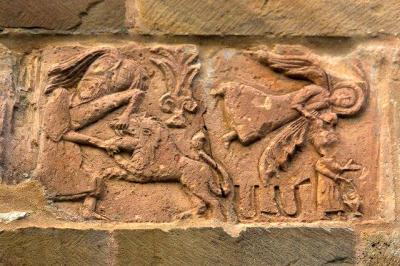
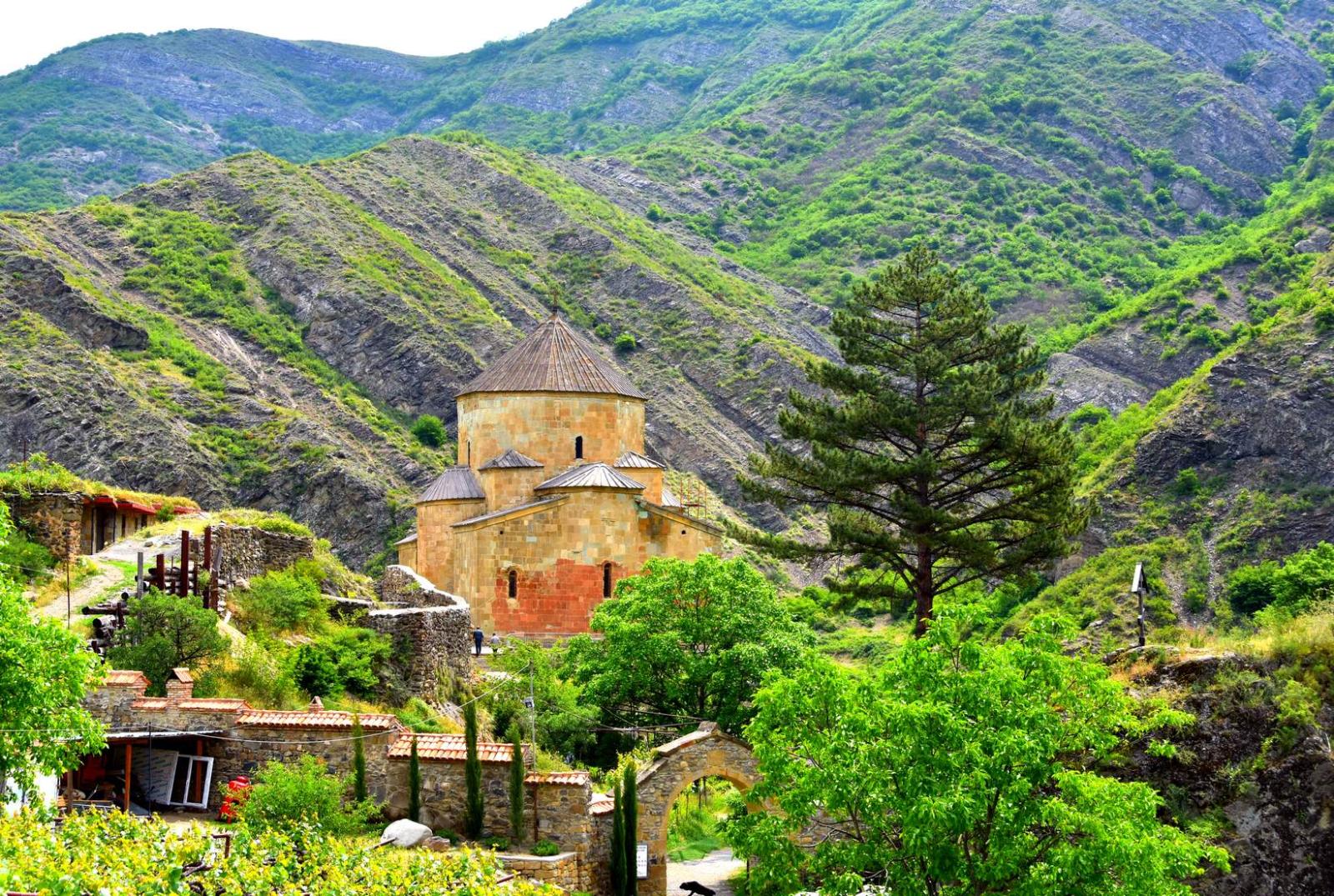

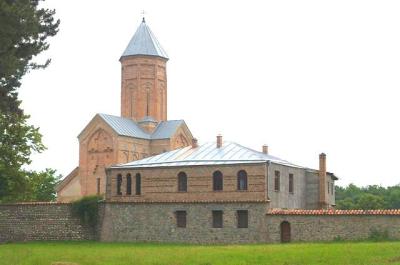
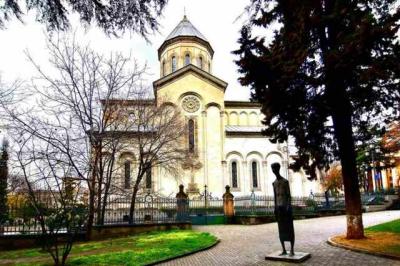
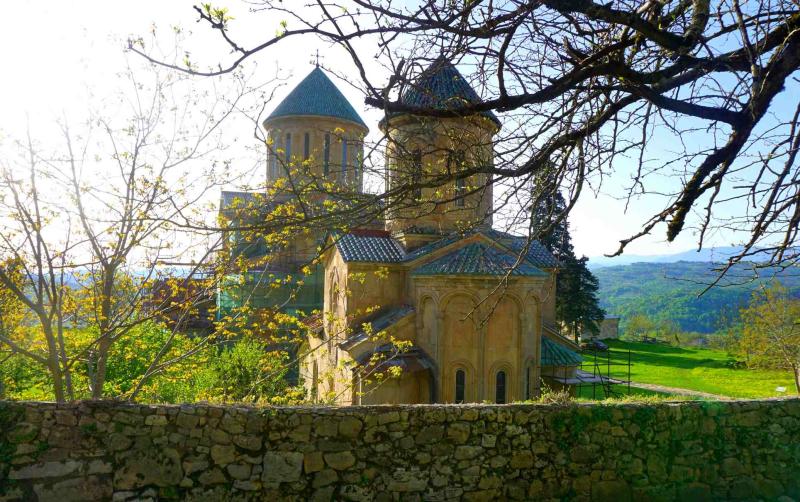


Ateni Sioni